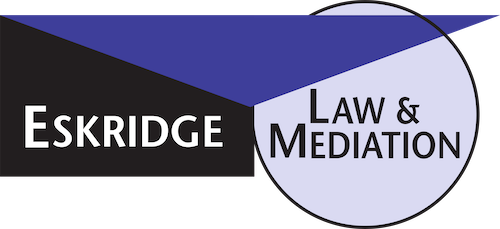June 23, 2020
This article’s topic is investigation of sexual harassment complaints. The procedure discussed below may also be used when investigating claims of other types of harassment prohibited by the Fair Employment and Housing Act (such as harassment based on age, gender, marital status, race, religion, disability, etc.).
Hopefully, the employer already had in place a written anti-sexual harassment policy and had disseminated that policy to all its employees. An employer is required by law to have a written sexual harassment policy in place detailing how it will handle sexual harassment complaints and specifying how its investigations will be performed. In fact, an employer must have steps delineated for preventing sexual harassment from occurring. The company’s policy must contain an effective grievance procedure and inform employees of their rights and the means to assert them. Moreover, the policy must be regularly and clearly communicated to all employees. The Employee Manual is the perfect place to do this (and all employers should have Employee Manuals).
Upon receiving a complaint or learning of harassment, an employer must conduct an investigation. Once a harassment complaint is received by an employer (or once the employer should know harassment may be occurring), the employer is under a duty to properly investigate the allegation. The employer must take immediate and appropriate steps which include implementing remedial action to punish the offender, and making reparations to the victim. The employee’s complaint and subsequent investigation must be taken seriously and kept confidential.
The first step in the investigation should be to interview the victim. Even if the sexual harassment has stopped before the investigation has been initiated, the employer must still investigate the victim’s complaint and implement an appropriate remedy. The second immediate step should be interviewing the accused harasser. Thereafter, other relevant witnesses should be interviewed, as the employer has a duty to interview all percipient witnesses. The “investigator” should gather any relevant evidence, including incidents of sexual harassment directed toward other employees by the alleged harasser.
To substantiate that a proper investigation is being conducted, an “investigator” should take complete notes of his or her investigative interviews and should use signed statements and/or interview forms to provide evidence. Upon completion of the investigation, the “investigator” should present to the employer a written report containing his/her conclusions, accompanied by any supporting documentation, including credibility assessments of the parties and witnesses, and including all relevant information on which the “investigator” relied. Moreover, a proper report* will include the reasons the “investigator” found fabrication or bias, and explain how she/he decided those issues.
*Certain harassment investigations may constitute “consumer reports” under the federal Fair Credit Reporting Act (“FCRA”), requiring you to comply with certain federal regulations regarding the accused harasser. However, an amendment to the FCRA, HR 3408, if passed, will exempt harassment investigations from the definition of “consumer report.”
Need more information?
ESKRIDGE LAW may be contacted by phone (310/303-3951), by fax (310/303-3952) or by email (geskridge@eskridgelaw.net). Please visit our website at eskridge.hv-dev.com.
This article is based on the law as of the date posted at the top of the article. This article does not constitute the provision of legal advice, and does not by itself create an attorney-client relationship with Eskridge Law.
